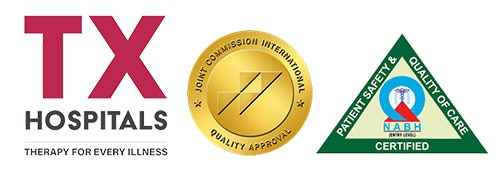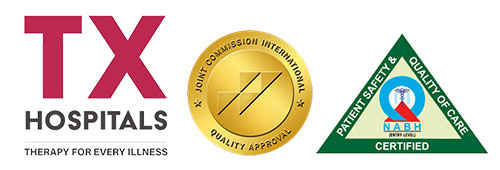What is Intra-arterial Chemotherapy (IAC)?
Retinoblastoma is a rare childhood cancer that originates in the layer of nerve tissue that coats the back of the eye (the retina). Intra-arterial chemotherapy (IAC) is a method of delivering concentrated doses of cancer-killing medicine directly to the affected area of the eye.
In IAC, the chemotherapy dose is released into the ophthalmic artery, the primary blood supply at the back of the eye. While the patient is sedated, a very thin catheter (a long, flexible tube) is inserted into an artery in the hip and fed through the body’s network of arteries to the opening of the ophthalmic artery, behind the eye, where the chemotherapy dose is given.
In most cases, three IAC treatments are administered, spaced four weeks apart. The patient is then monitored to see that the cancerous cells have been eliminated and that they do not return.







